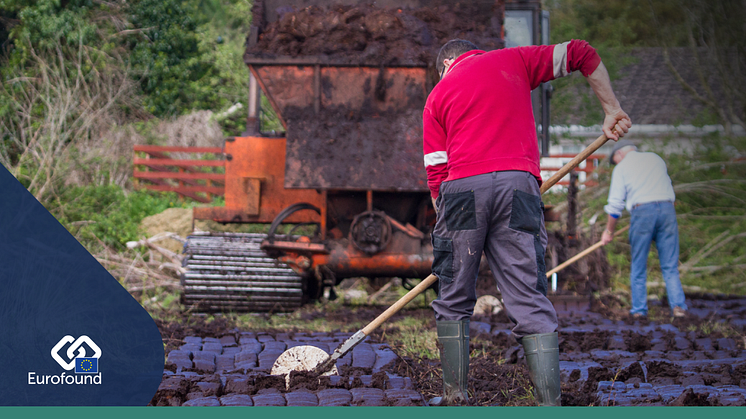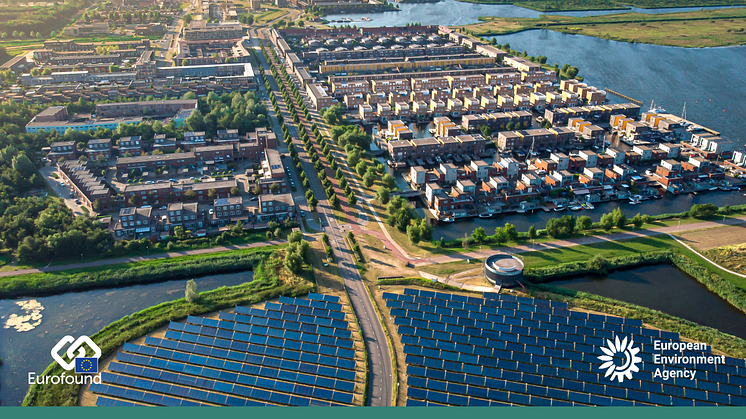
News -
Rural communities feel sidelined as income gap with urban areas increases by 19% over a decade
The rural–urban income gap has increased by nearly 20% over the past decade, with higher incomes in urban areas than in rural areas. This, alongside the employment gap and the relatively poorer provision of public services in rural areas has contributed to a rise in rural communities expressing feelings of being mistreated, disrespected or ignored by their government. These feelings are expressed in the ‘recognition gap’, calculated by Eurofound, which reveals an overall 7 percentage point gap in terms of perceived individual treatment between people living in rural areas and those living in cities and suburbs across the EU.
Eurofound’s new report Bridging the rural–urban divide: Addressing inequalities and empowering communitiesdocuments rural–urban differences in social, political, cultural and economic outcomes. These differences may pose a serious threat to social cohesion in Europe. The report notes that public service provision in rural areas is poorer than in urban areas, and gaps in provision are continually emerging. To ensure a positive future for all areas, innovative solutions to combat economic decline must be progressed.
The research highlights differences in perception of treatment of individuals and communities between rural and urban areas. In the fifth round of Eurofound’s Living, working and COVID-19 e-survey, conducted in spring 2022, respondents were asked whether they agreed or disagreed with five statements on their perception of how they are treated by their government. In most EU Member States, people living in rural areas were more likely to agree with statements that they were treated unfairly by their government, that they were ignored, that they were disrespected, that their community is ignored, and that the government cares more about other parts of the country.
Rural and urban areas in Europe often experience different realities when it comes to living conditions. When it comes to housing, for example, the cost overburden rate is higher in urban areas than in rural areas, and urban neighbourhoods suffer more with the problems of pollution and crime. Urban areas, on the other hand, have a higher employment rate, and while there has been a general increase in the employment rate over the past decade, the rate has increased faster in urban areas than in rural areas, resulting in an increase in the rural–urban gap.
The rural-urban gap, while increasing only slightly in some regions, risks becoming copper fastened over future generations as there is a higher percentage of young people not in education, employment or training in rural areas than in urban areas, while in urban areas the rates of attainment of tertiary education are higher. The digital divide between rural and urban areas could also exacerbate this: rural residents are less likely to have digital skills, are less likely to own a computer and have slower internet connections than those in urban areas.
The research notes that gaps in the provision of public services between rural and urban areas are increasing. Declining and ageing populations pose challenges to future service provision, especially in rural areas. However, the report also highlights that there are innovative solutions being found to provide improved public services to those living in remote areas.
Speaking on the publishing of the research Massimiliano Mascherini, Eurofound Head of Unit for Social Policies, said that more must be done for rural communities in a rapidly changing Europe, ‘Investing in education and training for rural communities needs to be prioritised. While urban areas with young, educated populations have been able to reap the advantages of globalisation, many in rural areas feel they are being left behind. It is essential that rural communities foster the necessary human capital to be resilient to changing macroeconomic conditions and that their voices are heard in local, regional and national discourse.’
More information:
- Download the report: Bridging the rural–urban divide: Addressing inequalities and empowering communities




